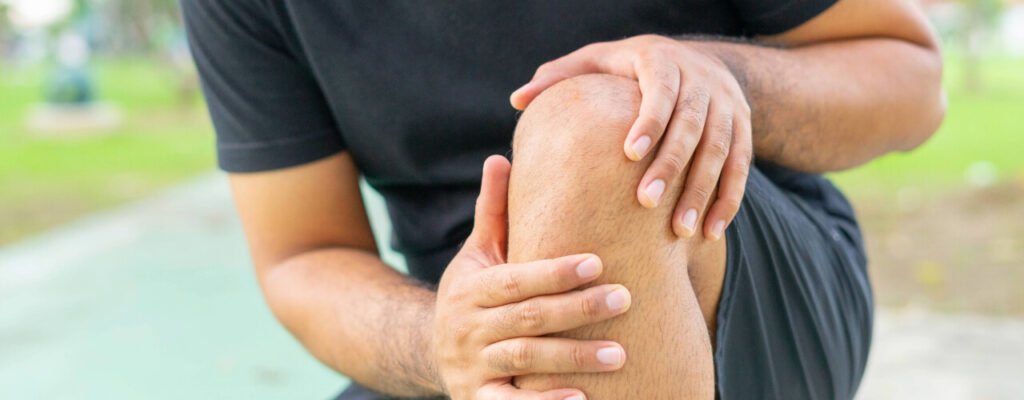Strengthening Weak Knees: How Physical Therapy Can Help

Learn About The Benefits Of Physiotherapy For Knee Pain Management
Do your knees creak when you stand up? Do you experience pain or discomfort after a short walk? Do you feel unsteady on your feet, especially on stairs or uneven ground? If you answered yes to any of these questions, you may be in need of a knee strengthening program. Millions of people struggle with weak knees, which can significantly impact their quality of life. But the good news is, there’s hope for stronger knees and a more active lifestyle through physical therapy.
Let’s delve into how physical therapy can help you regain strength, stability, and confidence in your knees.
How To Know When You Need A Knee Strengthening Program
Knee strengthening is a core component of physical therapy, designed to address the underlying causes of knee weakness and improve overall function.
Causes of Weak Knees
Muscle Imbalances
- If the muscles surrounding your knee joint (quadriceps, hamstrings, glutes) are weak or imbalanced, your knee joint becomes less stable and more susceptible to injury.
Previous Injuries
- Old knee injuries, even those that seem minor, can lead to long-term weakness and instability if not properly rehabilitated.
Arthritis
- Osteoarthritis, the most common type of arthritis, wears down the cartilage in your knee joint, causing pain, stiffness, and weakness.
Overuse
- Repetitive activities that put stress on your knees, such as running or jumping, can weaken the muscles and ligaments over time.
Certain risk factors can also increase your chances of developing weak knees:
- Age (over 50)
- Obesity
- Lack of physical activity
- Certain medical conditions (e.g., rheumatoid arthritis)
Key Exercises And Techniques In Physical Therapy For Knee Strengthening
Our skilled physical therapists use a variety of evidence-based exercises and techniques to administer a personalized knee strengthening program.
Quadriceps Strengthening
- Squats, lunges, and leg presses target the quadriceps, the large muscle group on the front of your thigh for knee stability.
Hamstring Strengthening
- Hamstring curls and deadlifts work the hamstrings, the muscles on the back of your thigh that balance the quadriceps and help prevent knee hyperextension.
Glute Strengthening
- Glute bridges, clamshells, and hip abductions strengthen the gluteal muscles, which support the hip and knee joints and help maintain proper alignment.
Proprioception Exercises
- Balance training exercises improve your body’s awareness of its position in space, enhancing knee stability and reducing the risk of falls.
Range of Motion Exercises
- Targeted stretches and movements help maintain mobility in the knee joint, reducing stiffness and improving overall function.
A Personalized Knee Strengthening Plan
A 42-year-old mother of three came to our clinic seeking help for her chronically weak knees. The pain and instability had been steadily worsening over the past year and made it difficult to keep up with her active family. Simple tasks like climbing stairs, playing with her children, and even grocery shopping had become a challenge.
The knee weakness was taking a toll on her physical and emotional well-being. She felt limited in her ability to participate in activities she once enjoyed, and the constant discomfort was wearing her down. She knew something needed to change, and she was determined to find a solution.
During her initial evaluation, our physical therapist discovered significant muscle imbalances around Sarah’s knee joints, particularly in her quadriceps and glutes. These imbalances, combined with the daily wear and tear of motherhood, had contributed to her knee instability and pain.
She diligently followed her physical therapy program and practiced her prescribed exercises at home between sessions. Over time, she was amazed at how quickly she noticed improvements. The pain in her knees gradually diminished, and she felt stronger and more stable with each passing session.
Knee Strengthening At UNIQ Physical Therapy
Call us today to schedule an appointment with one of our PTs today and take the first step towards a more active future without the pain.




